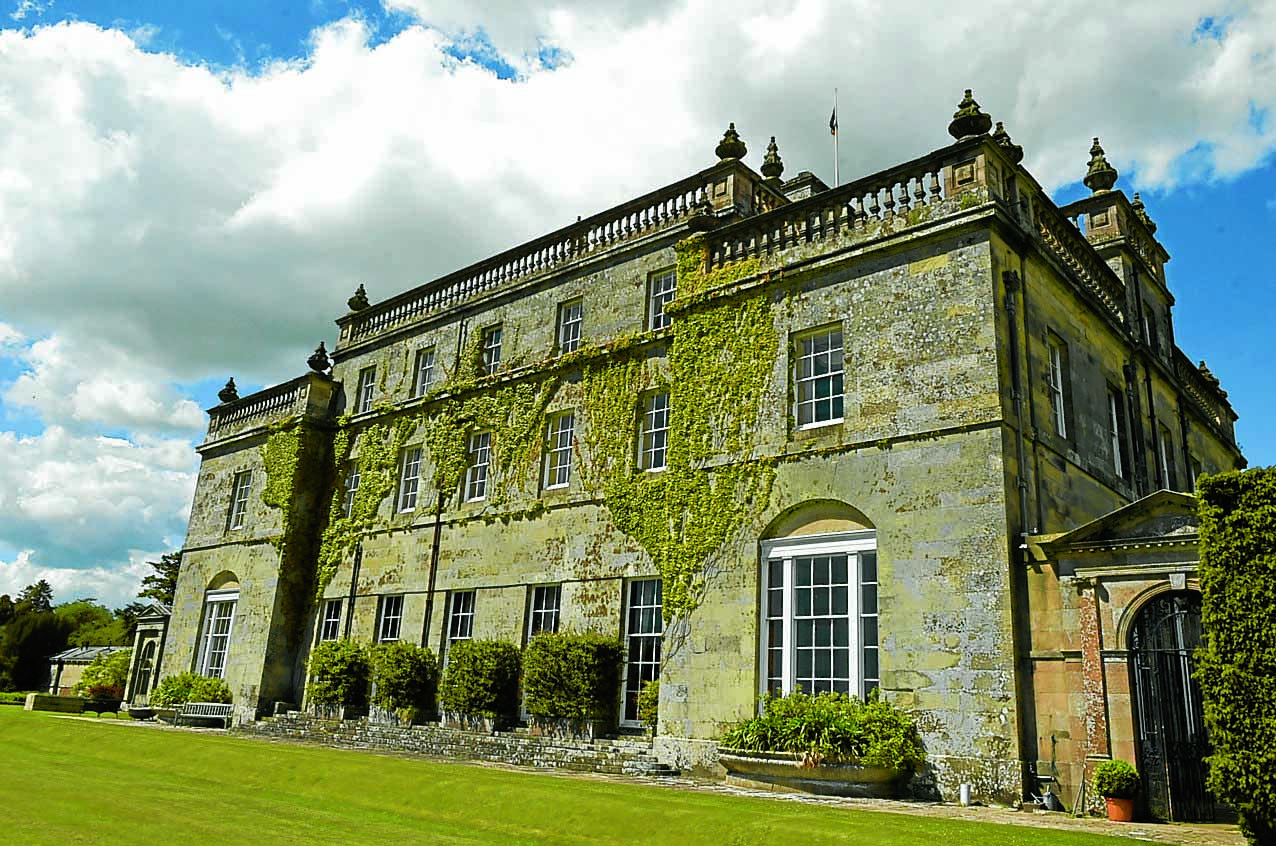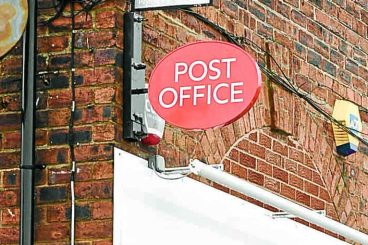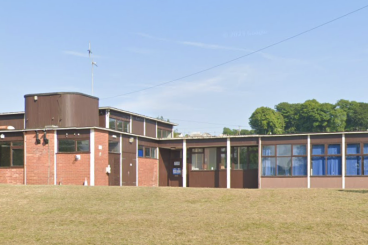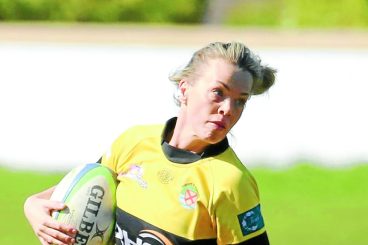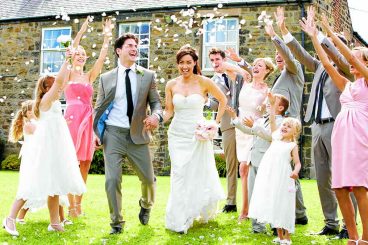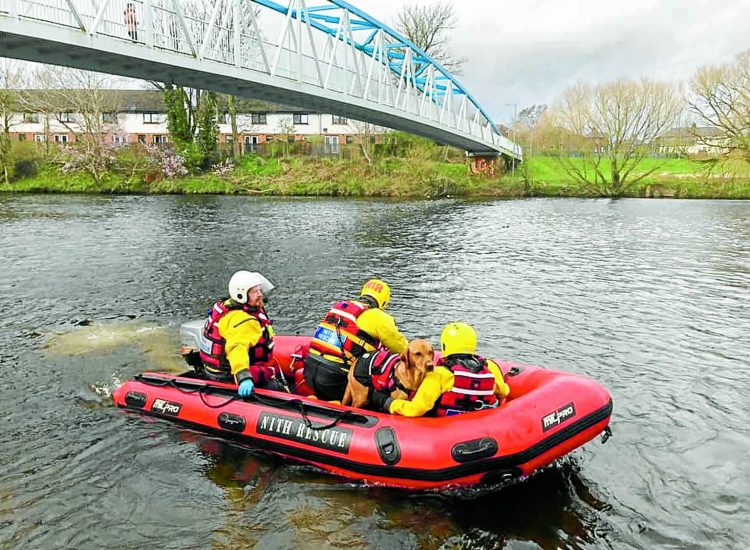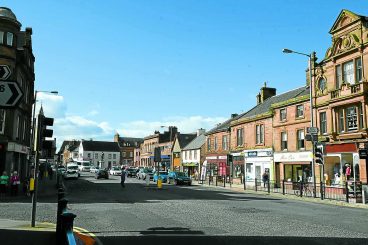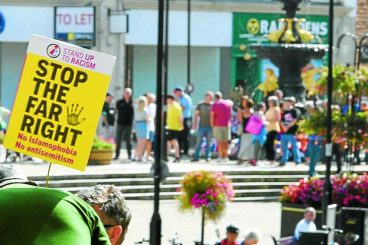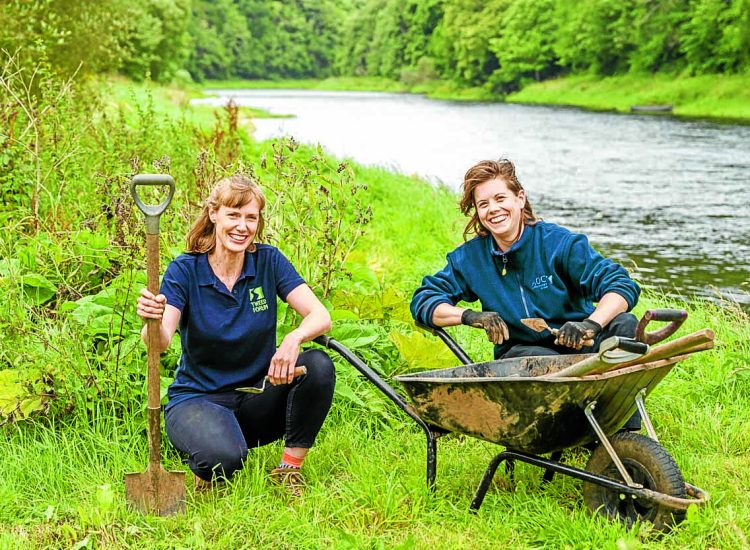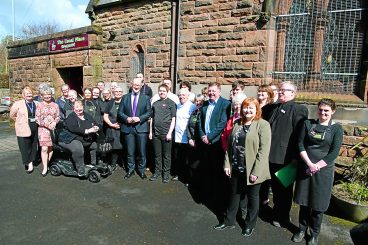Which side of the debate do you come down on when it comes to the region’s links to the Queensberry Boxing Rules?
Both Kinmount House near Annan, above, and Lockerbie Manor, formerly Lockerbie House, have both claimed ownership of the story.
According to the Douglas Archives website, Lockerbie House was built in 1814 for Sir William Douglas, 4th Baronet of Kelhead, whose great grandson John Sholto Douglas became the 9th Marquess of Queensberry.
John, who was also Viscount Drumlanrig, was a patron of sport and a noted boxing enthusiast. In 1866 he was one of the founders of the Amateur Athletic Club, now the Amateur Athletic Association of England.
In 1867 the club published a set of 12 rules for conducting boxing matches. The rules had been drawn up by John Graham Chambers but appeared under Queensberry’s sponsorship and are universally known as the “Marquess of Queensberry rules”.
The Douglas website says: “It is thought that such rules were created within the compounds of Lockerbie House, possibly within the room now known as The Queensbury Dining Room.”
And writing on Lockerbie Past and Present this week, a former owner of Lockerbie House, Bruce Macdonald, said: “When we purchased Lockerbie House in 1969, we were told that that was where the rules were compiled.
“Some 150+ years later we may struggle to reach a definite conclusion, but as far as I am concerned it’s Lockerbie House!”
However, they may disagree over at Kinmount, which was also a seat of the Douglas family. They lay claim to being the birthplace of the rules and say John Douglas was living there when he endorsed them.
In fact, Wikipedia describes Kinmount as ‘the family seat’ in Dumfriesshire; and John Sholto’s name can be seen on a gravestone on Gooley Hill, the private burial ground at Kinmount.





